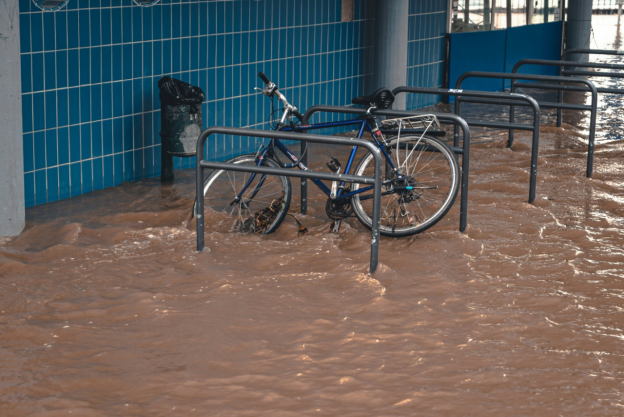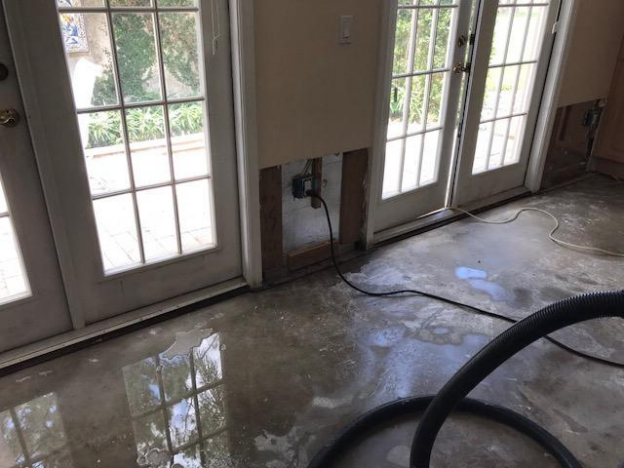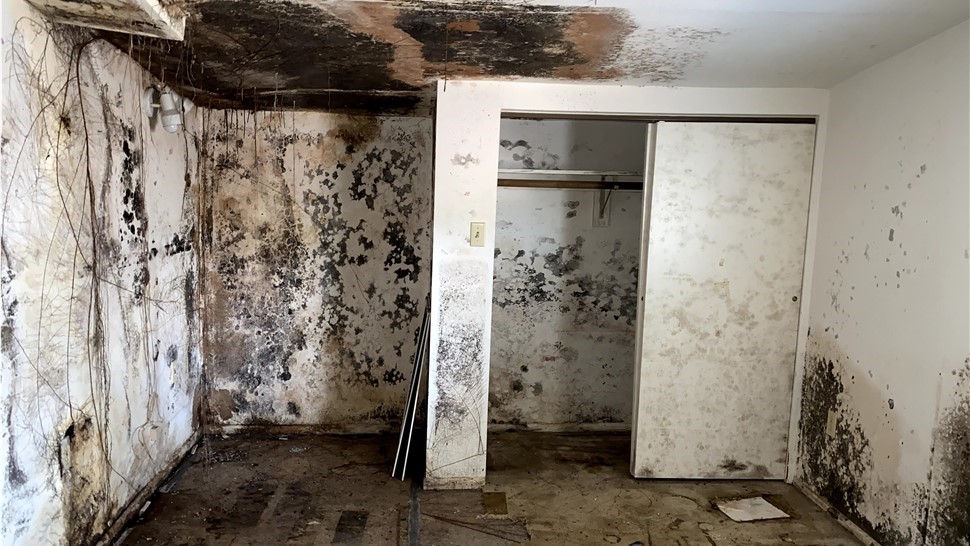
When you think of Florida, images of sunny beaches, sprawling theme parks, and vibrant nightlife might spring to mind. However, the Sunshine State is also known for a less sunny aspect—its susceptibility to flooding.
From its extensive coastline that kisses both the Gulf of Mexico and the Atlantic Ocean to its flat, low-lying topography, Florida's unique geographical features make it particularly vulnerable to this natural disaster. Add the frequent hurricanes and heavy seasonal rainfalls into the mix, and you have a recipe for frequent and potentially severe flooding.
This blog explores why flood risk in Florida is a common concern.
Geographical Vulnerability
Florida’s Topography
Florida's geography plays a critical role in its vulnerability to flooding. The state is predominantly flat, with its highest point barely 345 feet above sea level, making it one of the flattest states in the U.S. This minimal elevation variation means that even moderate rainfalls can lead to significant water accumulation and subsequent flooding.
The flat nature of the terrain also hampers the runoff of floodwater into the sea or rivers, causing it to linger and saturate the ground. As a result, even small storms can result in flooding, affecting communities and ecosystems alike.
Proximity to Water Bodies
The risk of flooding is further compounded by Florida's extensive coastline. Spanning over 1,350 miles, the coastline exposes the state to storm surges and tidal flooding, especially during hurricanes and tropical storms.
In addition to the Atlantic Ocean and the Gulf of Mexico, numerous lakes, rivers, and the vast Everglades region contribute to the state’s complex water system. These bodies of water are susceptible to overflow during continuous heavy rains, which is common during Florida’s hurricane season. The proximity to these water bodies not only increases the likelihood of flooding but also affects a larger portion of the population, given the high density of communities along the coastal areas.
Weather Patterns
Hurricane Activity
Florida is notorious for its hurricane activity, which significantly contributes to its flood risk. The state's geographical location makes it a prime target for hurricanes emerging from both the Atlantic Ocean and the Gulf of Mexico. These hurricanes bring with them not just destructive winds but also heavy rain and storm surges, which are major contributors to coastal and inland flooding.
For instance, Hurricane Michael in 2018 caused widespread devastation, with storm surges flooding coastal zones and torrential rains affecting even inland areas. The frequency and intensity of hurricanes have a profound impact on Florida's infrastructure and necessitate robust flood management and preparedness strategies.
Seasonal Rainfalls and Storms
Aside from hurricanes, Florida's climate is characterized by heavy seasonal rainfalls, particularly during the summer months. This period, known as the wet season, typically sees afternoon thunderstorms that, although brief, can drop an immense amount of water. The state's flat terrain exacerbates the situation, as the water accumulates faster than it can drain.
Moreover, Florida can experience nor'easters during the winter, which, while less severe than hurricanes, still pose significant flooding risks due to prolonged periods of rain. These weather patterns are crucial in understanding why flooding is a persistent issue in Florida, affecting various communities annually.

Historical Events
Case Studies of Major Floods
Florida's history is marked by several significant flooding events that underscore the state's susceptibility to this natural disaster. One notable example is the impact of Hurricane Irma in 2017, which caused catastrophic flooding across many parts of the state, particularly in the northeastern regions. The hurricane's storm surge, combined with heavy rains, led to widespread water damage in residential and commercial areas.
Another historical event, the 1992 Hurricane Andrew, although more famous for its wind damage, also brought significant flooding and highlighted vulnerabilities in Florida’s flood management systems. These case studies not only demonstrate the direct consequences of such events but also help in understanding patterns and areas of high risk.
Lessons Learned and Improvements Made
Each major flood event in Florida has provided valuable lessons, leading to improvements in how the state prepares for and responds to flooding. For instance, after Hurricane Irma, many communities enhanced their drainage systems and implemented stricter building codes to reduce flood risk. The state has also invested in better forecasting and communication technologies to provide timely warnings to residents.
Additionally, the Florida Division of Emergency Management has developed more comprehensive evacuation plans and flood mitigation strategies as a direct response to past events. These improvements are crucial in building a resilient state that can better withstand the challenges posed by future flooding events.

Flood Preparedness
Government and Community Initiatives
In response to the high flood risk in Florida, both government and community initiatives play crucial roles in flood preparedness and management. State and local governments have implemented a range of structural measures, such as the construction of levees, floodwalls, and water control structures to manage and divert floodwaters.
There is also a significant investment in restoring natural floodplains and wetlands, which naturally absorb and mitigate flooding. Community initiatives include public awareness campaigns that educate residents about flood risks and preparedness, which are critical in areas frequently affected by floods.
Individual Preparedness
For individual residents, preparation begins with recognizing the flood risk to their property and taking proactive steps to mitigate this risk. Homeowners are encouraged to consult flood maps provided by the Federal Emergency Management Agency (FEMA) to understand their property's flood zone status. From there, they can install flood defenses such as sandbags and flood barriers or elevate their homes if necessary. Ensuring that important documents are secured and creating a family evacuation plan are also vital steps.
Additionally, investing in flood insurance is crucial, as standard homeowner’s insurance policies do not typically cover flood damage. These individual efforts, when combined with community and governmental initiatives, form a comprehensive defense against the destructive impacts of flooding.
Don't let flooding disrupt your life! If you're facing flood or storm damage, trust Flood Pros USA for fast, effective, and professional restoration services in Sarasota. Our team is ready 24/7 to provide emergency water damage cleanup, swift storm damage recovery, and comprehensive water damage repairs. Whether it's immediate flood restoration services or expert storm damage restoration, we ensure your property is restored swiftly and efficiently.
Learn more about how we can help you.
Subscribe to Flood Pros USA's Blog







Comments